Hair thinning can be caused by several reasons. Using harsh Hair products or wearing tight hairstyles can cause your follicles to break down and no longer produce healthy, thick Hair. Moreover, your follicles need minerals in order to produce hair naturally. Chronic stress can also contribute to Hair thinning, because stress hormones can kill off new hairs.

Treatments for hair thinning
If you are noticing thinning Hair, a number of treatments are available. Many of these treatments are completely nonsurgical, and you can try them yourself at home if you’re interested in addressing the problem. One such treatment is platelet-rich plasma (PRP), which harnesses the restorative power of your own blood. This substance contains growth factors that stimulate hair follicle cellular activity and promote thicker Hair.
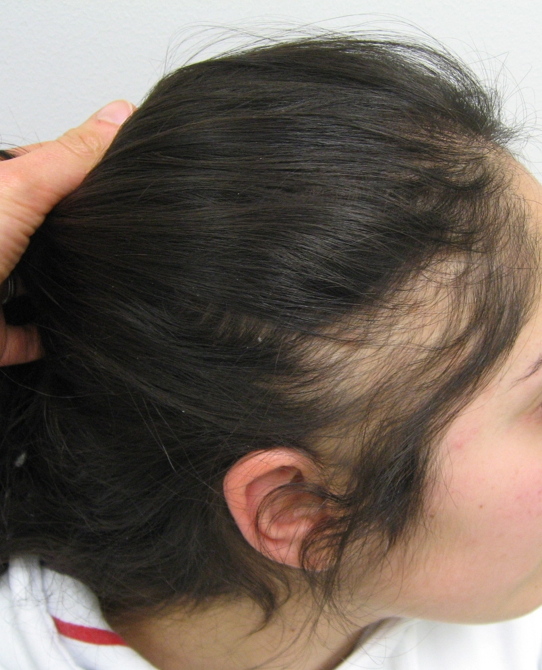
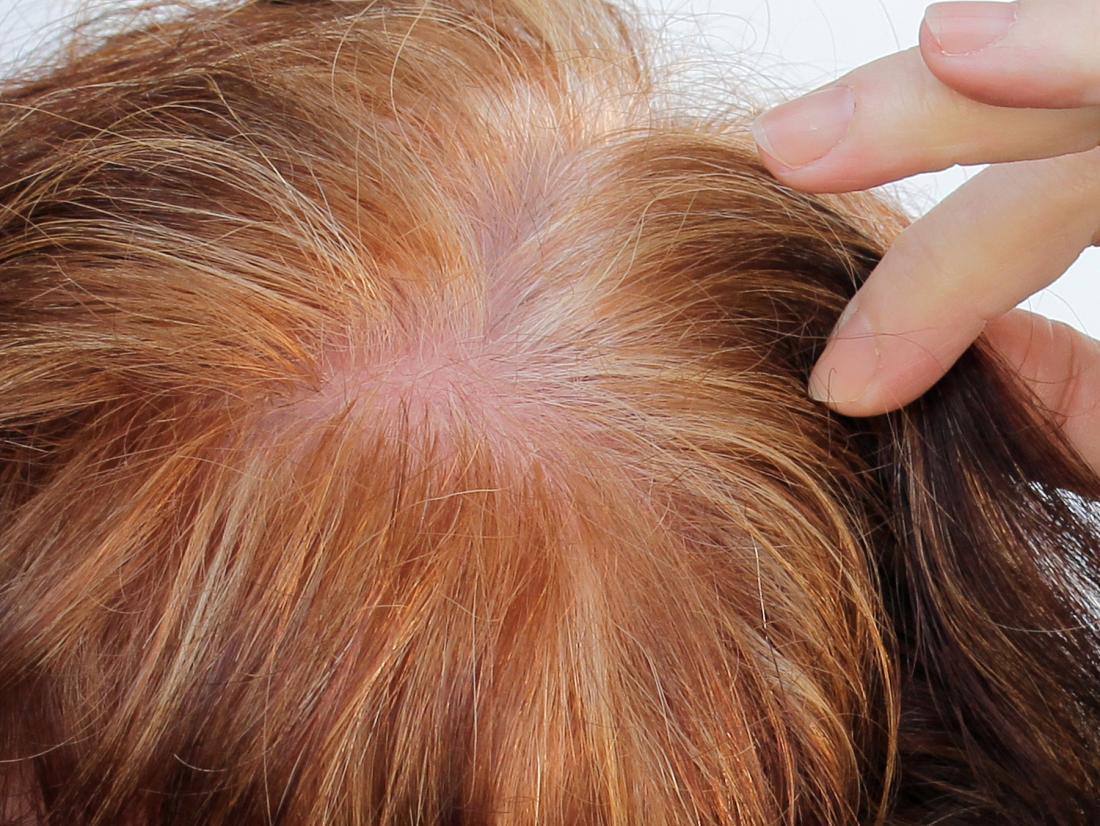
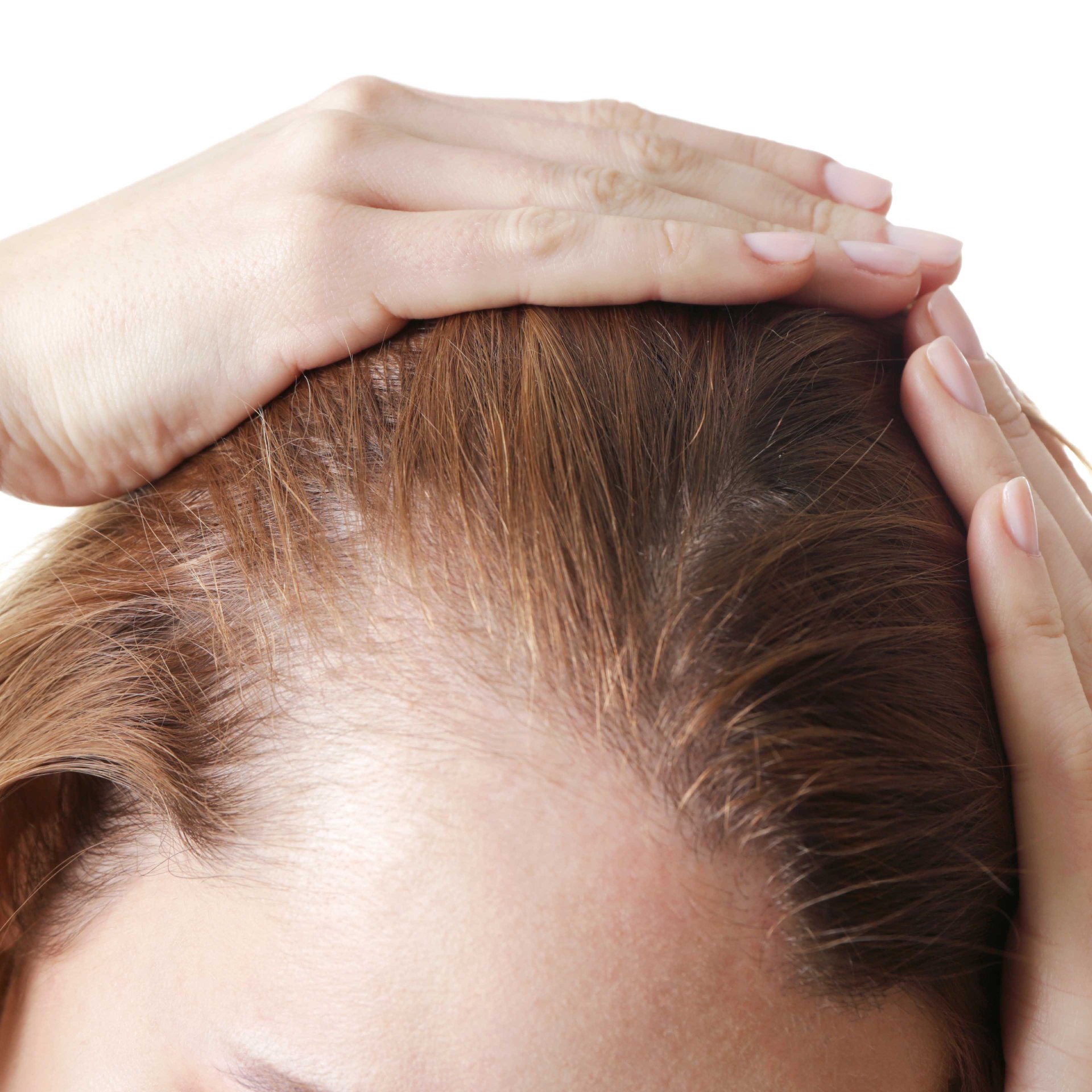
If you’re experiencing hair thinning, you might consider changing your diet. Eating healthy foods that are rich in zinc, iron, and vitamin D can help to improve hair follicle health. Getting adequate amounts of exercise can also help your hair re-grow. Performing daily exercises with an emphasis on cardio and weight training can also help you to combat Hair thinning.
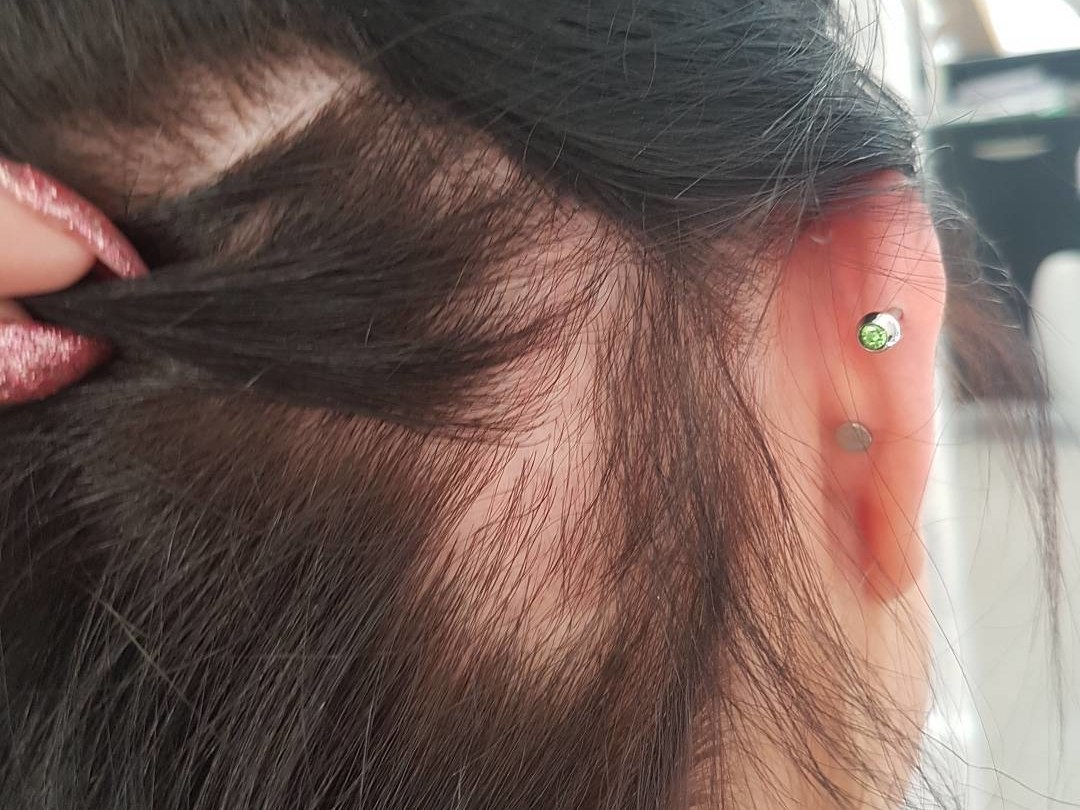
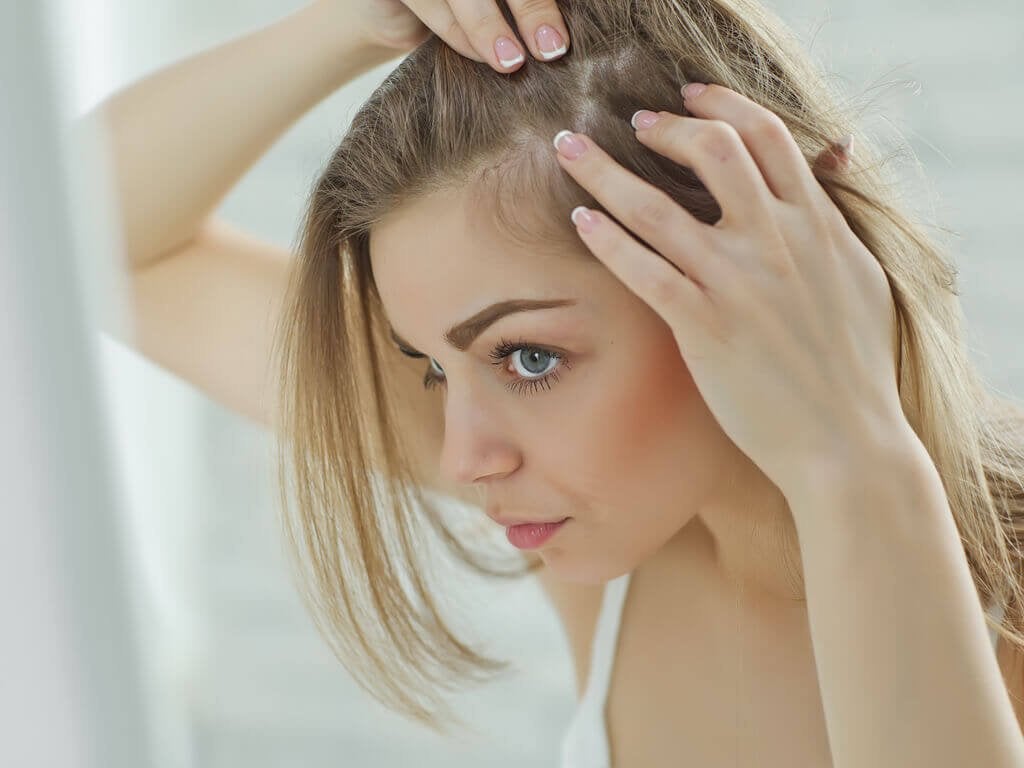
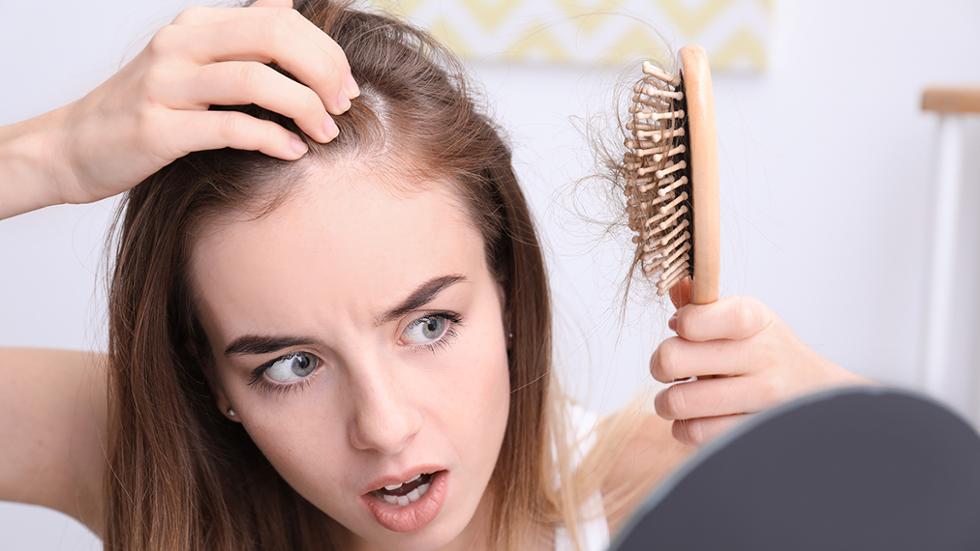
Another option is finasteride, which comes in the form of a daily pill. Finasteride is not recommended for women; however, men can use it safely. In addition to finasteride, minoxidil is an over-the-counter treatment that can also work effectively to improve thinning hair.
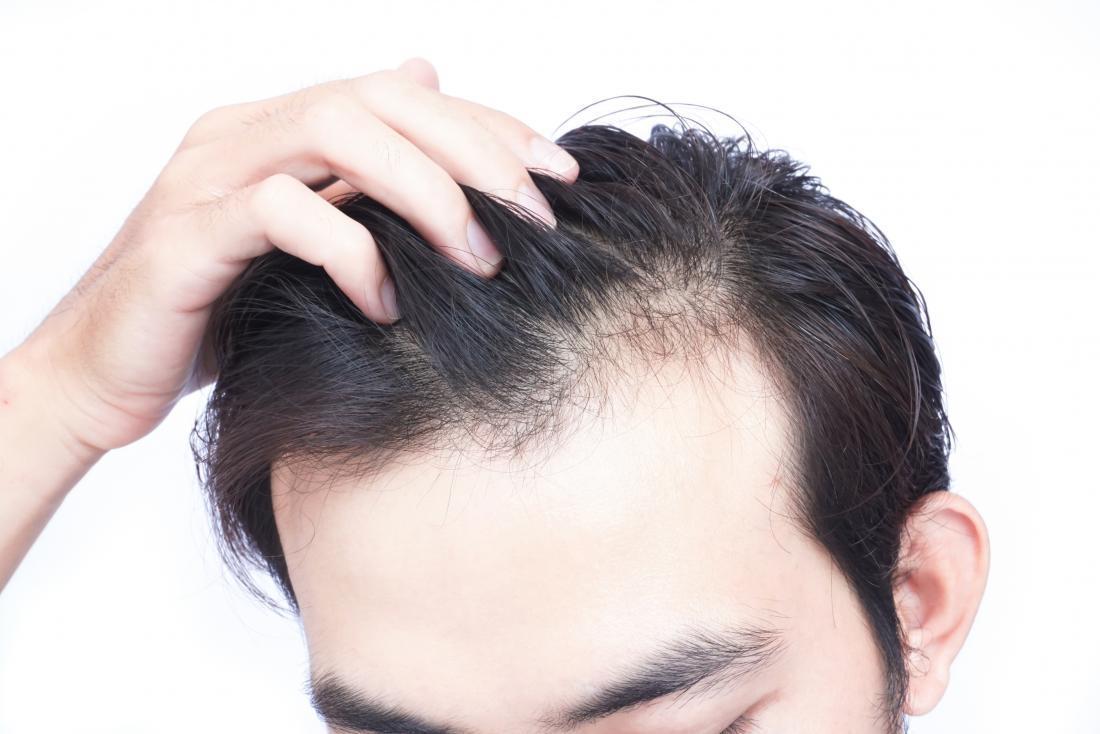
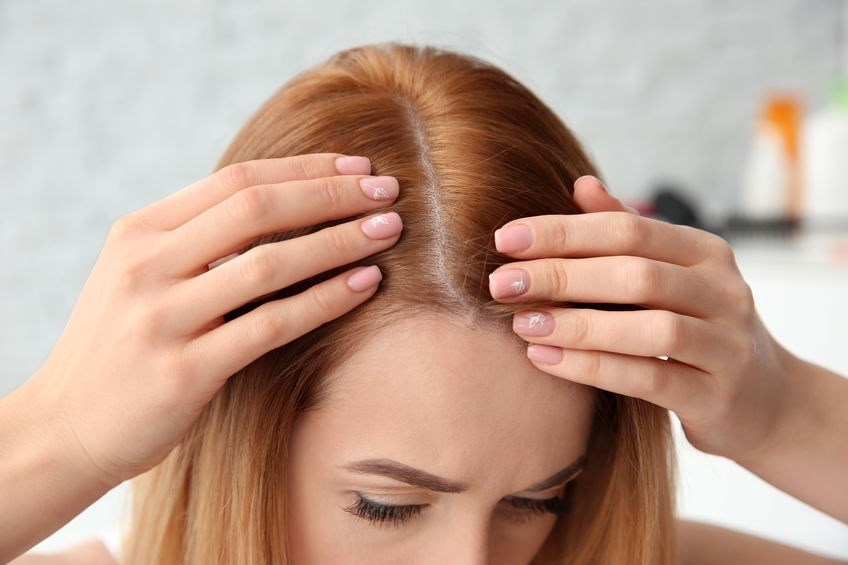
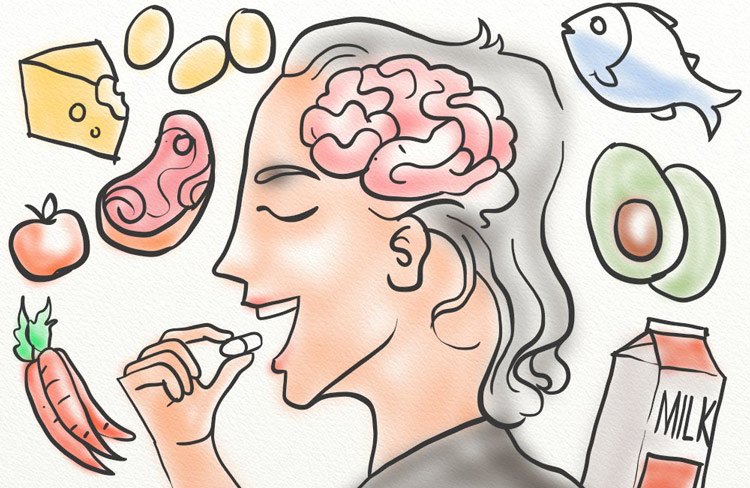
Cell therapy is another option for treating hair thinning. It works by delivering stem cells and stem cell-conditioned media to your scalp. Microneedles are a common technique for delivering stem cells. However, some advanced techniques combine the use of radiofrequency (RF) technology. Nano-fractional RF energy can stimulate hair follicles to produce melanin, which is important for hair growth.
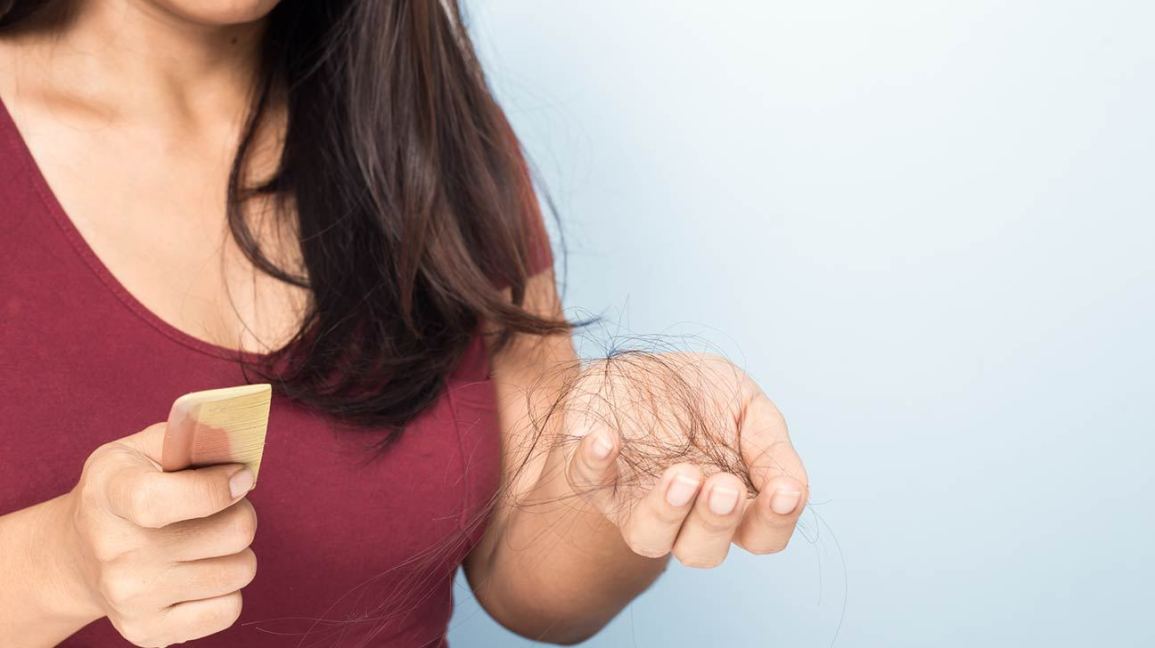
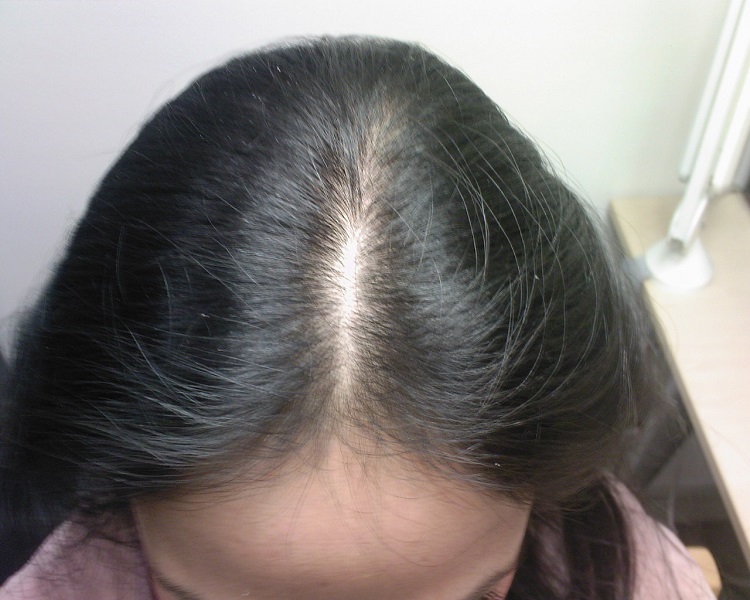
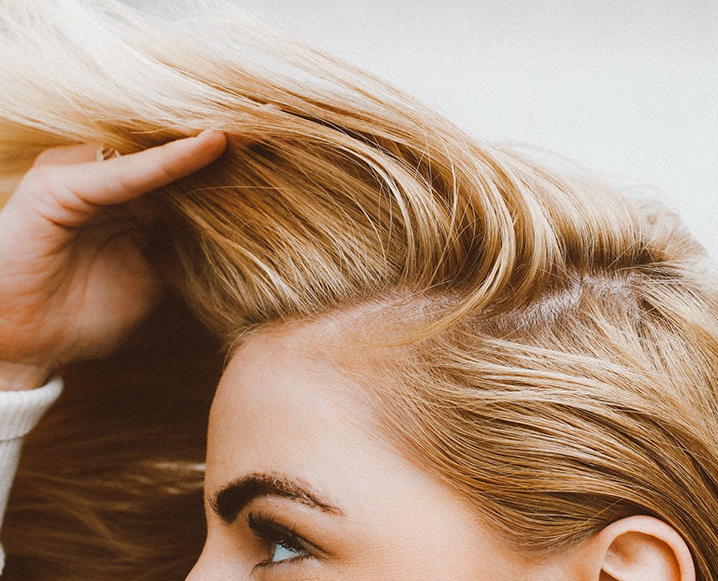
Nioxin is a leading provider of thinning hair treatments. Its range of products is specialized for different types of hair. It’s easy to use and is designed to promote a healthy scalp and promote hair growth. Providing proper care to your scalp will also give you healthy skin and a great head of hair.
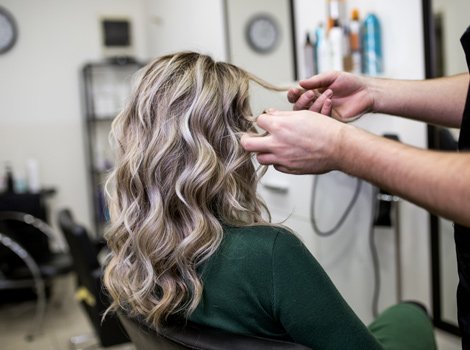
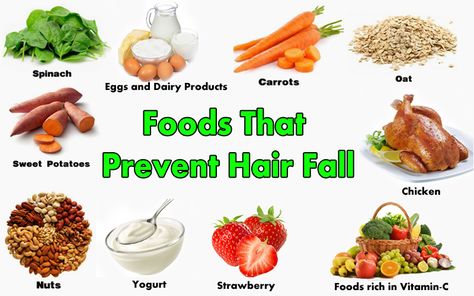
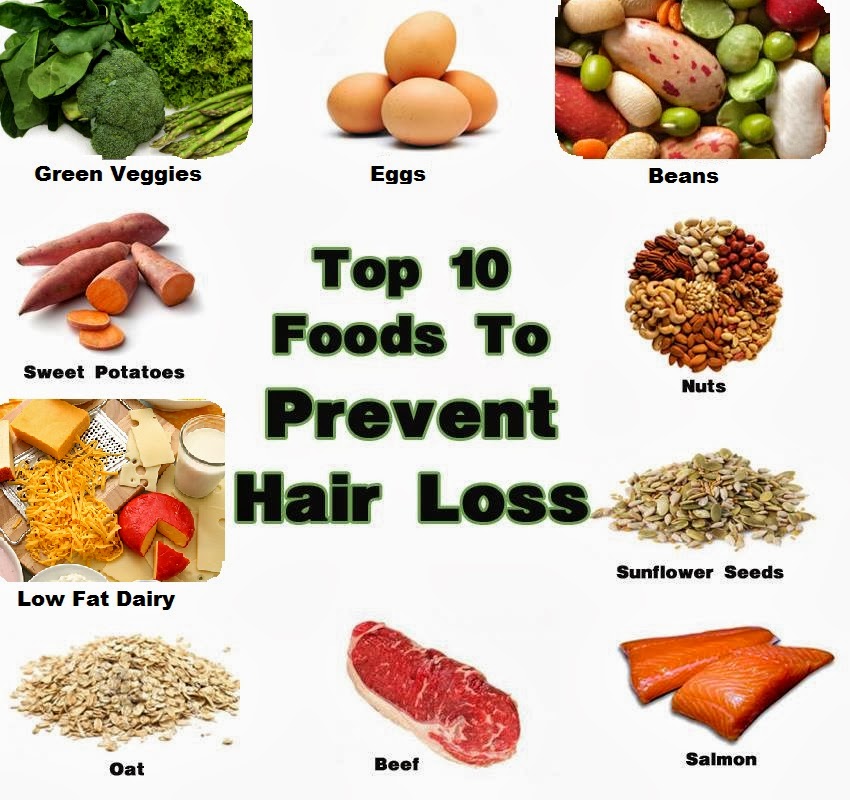
If you’re concerned that your hair is thinning, consult a doctor for a diagnosis. A simple hair loss test can determine if you have an underlying condition. Once a underlying issue is addressed, hair growth can often start again. You may also want to consider changing your lifestyle and diet to slow down hair thinning.
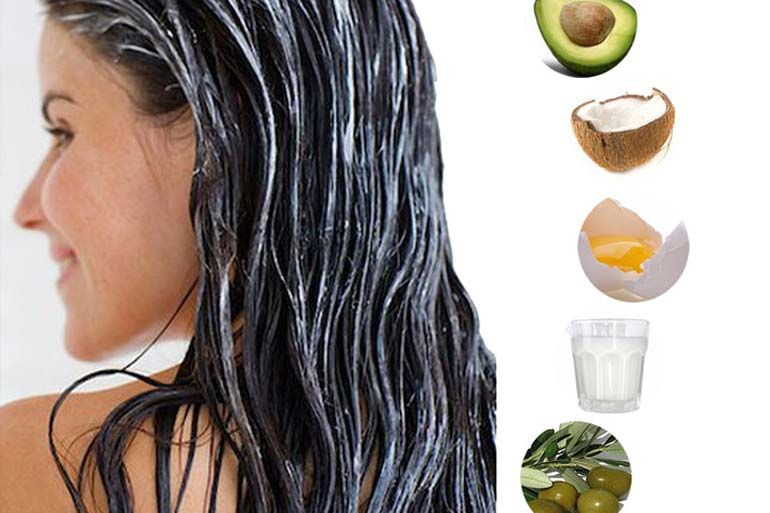
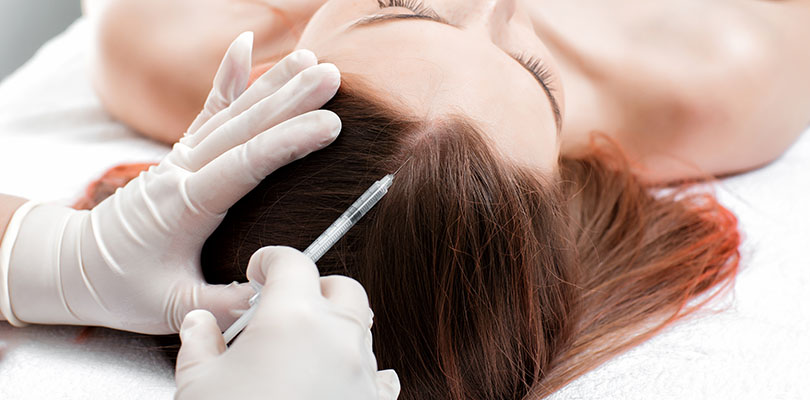
The most common form of hair loss is hereditary. This is not a disease but a natural process caused by aging, genetics, and hormone levels. Fortunately, this type of hair thinning is more common in women than you might think, with one in four women experiencing hair thinning.
Tests to diagnose hair thinning
There are several tests that can help a physician diagnose hair thinning. A hair pull test, for example, is a simple diagnostic procedure in which a physician pulls a small amount of hair from each follicle. In the normal range, one to three hairs will be pulled from each follicle. Another test, called a densitometer, involves using a handheld magnifying device to measure the miniaturization of the hair shaft.
Blood tests can also help determine specific conditions. A thyroid gland test can identify an overactive or underactive thyroid gland. However, hair loss in women is much more difficult to diagnose than it is in men. This is because the pattern of hair thinning in women is not as noticeable as that of men. Therefore, testing for hair loss is not usually done on healthy women with a mild case of hair loss. Women, however, may be tested for androgens if they experience irregular periods or excessive body hair.
Treatments for hair loss
Several treatments exist for hair loss thinning, including topical applications of minoxidil. They are typically applied to the scalp once or twice a day and come in various concentrations. They should be applied to the scalp on a dry scalp to reach the hair follicles. After application, you should leave your hair to air dry and wash your hands thoroughly. It is important to wait at least four hours before shampooing.
Hair transplant surgery is another treatment option for thinning hair. This procedure allows for lasting results. The surgeon will remove individual hairs or a strip of skin covered with hairs and place them in a new location on the scalp. The procedure usually lasts four to eight hours and requires a consultation with a dermatologist. It may take months before new hair begins to grow in.
Various lifestyle factors and medical conditions can also cause hair thinning. Some of these causes include nutrient deficiency, hormonal changes, stress, and pulling of the hair. Hair thinning can also be caused by immune system deficiencies. However, the good news is that there are many treatments for hair loss thinning.
Men and women both experience hair thinning. While men tend to see bald spots, women typically experience diffuse thinning over their entire scalp. The most common cause of hair thinning is genetic, but hormonal factors can also play a role. It is generally considered a normal part of the aging process. The human body is covered with hair follicles, but most of them are very small. The hairs rarely grow long enough to emerge from the pore.
Hair Thinning During Pregnancy
Hair thinning during pregnancy can occur anywhere on the scalp, though in some women, the loss is uniformly distributed over the entire head. Breastfeeding mothers also have limited treatment options for hair loss because many hair-loss products haven’t been tested on nursing mothers. It’s best to consult a doctor for a proper diagnosis.
Menopause
Although hair thinning is a natural part of the menopause process, excessive thinning is not normal. It is important to seek medical advice if you are concerned about your thinning hair during menopause. Warning signs include small bald patches on the scalp, clumps of hair falling out when you wash your hair, and red, oily, or itchy scalp.
You can try to manage your thinning hair after menopause by ensuring that your hair is hydrated. Drinking at least two liters of water each day can help prevent hair loss and brittleness. Additionally, you can consult a Certified Menopause Practitioner to help you with your hair-thinning situation.
Exercise can also help you reduce stress and improve overall health during menopause. Exercising on a regular basis reduces the risk of heart disease, high cholesterol, diabetes, and more. It also helps you maintain a healthy weight. Plus, it can improve some of the symptoms of menopause, such as sleep disturbances and mood swings.
Eating plenty of protein is another great way to fight the symptoms of menopause. A daily salad containing low-fat cottage cheese and lean meat is an excellent way to get more protein into your diet. You should also increase your intake of animal protein, like lean meat, and include nuts and legumes in your diet.
A natural increase in male hormones called androgens is a possible cause of hair thinning during menopause. Androgens reduce the diameter and volume of hair follicles. This causes new hair to grow thinner than it did before.
Stress
Stress is one of the most common causes of hair thinning and loss. It’s a result of the body’s fight or flight reaction, which releases extra hormones that affect various parts of the body, including the hair follicles. In some people, stress leads to hair loss, but some sufferers experience temporary hair loss that will return to normal after a period of time.
If you have been struggling with thinning hair loss, there are treatments that can help. A physician can prescribe medical treatments such as prescription medications or natural therapies like ashwagandha. There are also products available that can improve the quality of your hair. Taking one of these products may improve your hair growth and also provide other benefits, such as a healthier complexion.
Stress can affect your hair follicle stem cells. These cells produce pigment and help your hair grow. When stressed, these cells will be depleted and your hair will begin to gray prematurely. The stress hormones produced by the sympathetic nervous system activate the hair follicle stem cells, which causes them to cease producing new hair.
To minimize the effects of stress, try to avoid stressful situations. Taking time to relax, reading a book, or engaging in a hobby can help alleviate stress and anxiety. This also helps you get a fresh perspective. And if you are experiencing an extreme amount of stress, it may be beneficial to seek medical help. Your doctor will be able to recommend the right treatment for you.
Stress can also be a significant cause of hair thinning. If it is severe enough, it can lead to the condition known as telogen effluvium. This thinning hair condition causes a pattern of uneven hair growth and can affect 50 percent of your hair. Ultimately, it can lead to a loss of all hair on the scalp.
Genetics
Hair loss is a natural part of aging, and genetics can play a role. Genetics is the most common factor influencing hair thinning, with 79% of male pattern baldness due to inherited genes. These genes determine how sensitive we are to the hormone testosterone. Men with certain inherited genes may experience thinning hair earlier than others.
There is no cure for genetic hair thinning, but you can slow it down. Most people will notice gradual hair loss as they age. Genetic hair loss is usually found in the crown and hairline areas, but can also be caused by other factors, such as stress and disease. The hairline usually extends up to the middle of the top of the head.
Although there is no single cause of hair loss, some studies have uncovered several risk factors. One of these is the presence of a particular gene that causes male pattern baldness. In other words, male pattern baldness is a genetic disorder that can be inherited from both parents.
Researchers have also found evidence that male pattern baldness is a result of faulty hair-making progenitor cells in the scalp. Researchers have long assumed that men with thinning hair did not have enough of these cells in their scalps. Now, researchers think these cells fail to mature, and are hoping to develop a treatment that will help restore the cells.
Cancer drugs
Hair loss can be a side effect of many cancer drugs. While most cause temporary thinning, other cancer drugs cause permanent hair loss. It is important to learn about the hair loss side effects so you can make an informed decision about the treatment. You should also ask your doctor about hair loss if you have been diagnosed with cancer.
Drugs that cause hair thinning include some of the most common treatments, including chemotherapy. These drugs include alkylating agents, antitumor antibiotics, and antimicrotubule agents. However, some drugs may cause partial alopecia, which is not immediately apparent. Using a cold cap may help reduce the amount of chemotherapy drug reaching hair follicles and preventing hair loss. However, it is important to note that cold caps do not work for everyone. You may still notice hair thinning even after wearing a cold cap.
Hair loss after treatment with these drugs can be sudden or slow. It may start when your head hits the pillow, or it may begin several months after the treatment. However, the good news is that your hair will grow back eventually. It should return within three to six months of completing chemotherapy or radiation treatment. It may be uneven and thinning at first, but with time, it will thicken.
In addition to shampooing and styling your hair, make sure you keep it clean. If you feel the need to dye your hair, use vegetable-based dyes. Avoid wearing your hair up too long, and make sure to wear sunglasses when outdoors.
Diet
Adding a few extra fruits and vegetables to your diet can help promote healthy hair. One cup of strawberries can provide your body with more than a day’s worth of vitamin C, which is necessary for hair growth. You can also add some of these berries to your yogurt for a tasty and nutritious breakfast. Another great choice for your diet is salmon, which is rich in protein and omega-3 fatty acids.
Taking care of your scalp is vital to the health of your hair. If you’ve noticed your hair is becoming thinning or brittle, consult a dermatologist to determine if your diet is lacking the necessary nutrients. This condition can be long-term, but it can be prevented by ensuring your body receives the proper amount of vitamins and minerals.
Eating foods high in iron can also help your hair grow. Consuming prunes, which are high in iron, at a mid-morning snack or while you’re eating breakfast, can improve the thickness of your hair. Sweet potatoes are also great for hair, because they are packed with vitamin A and beta-carotene, which are essential for hair thickness.
Another great food for healthy hair growth is dairy. Dairy products contain whey and casein, two high-quality proteins that can help prevent hair loss. They also contain zinc and omega 3 fatty acids, two essential nutrients for healthy hair. For preventing hair loss, dairy products are also great sources of calcium.

